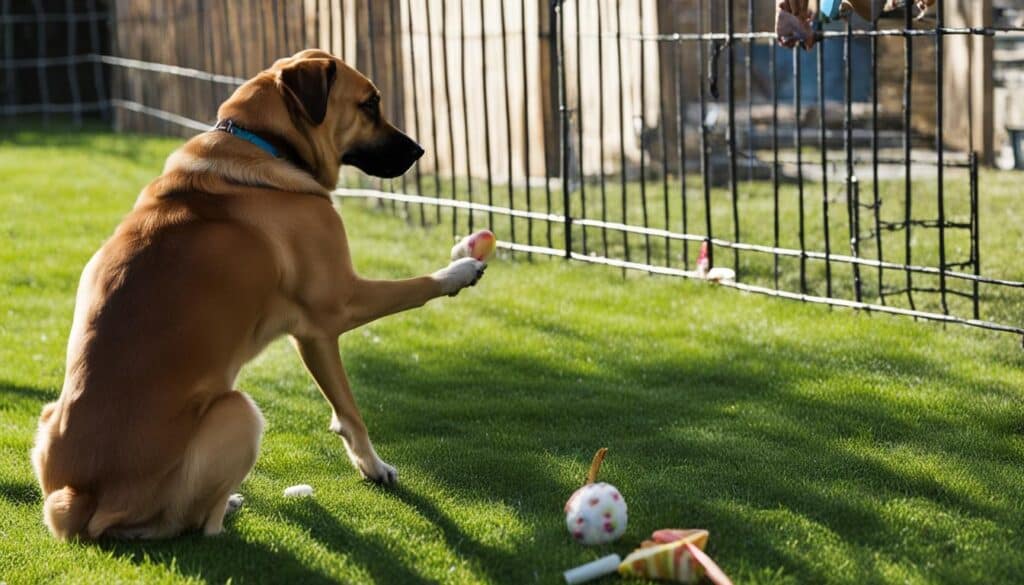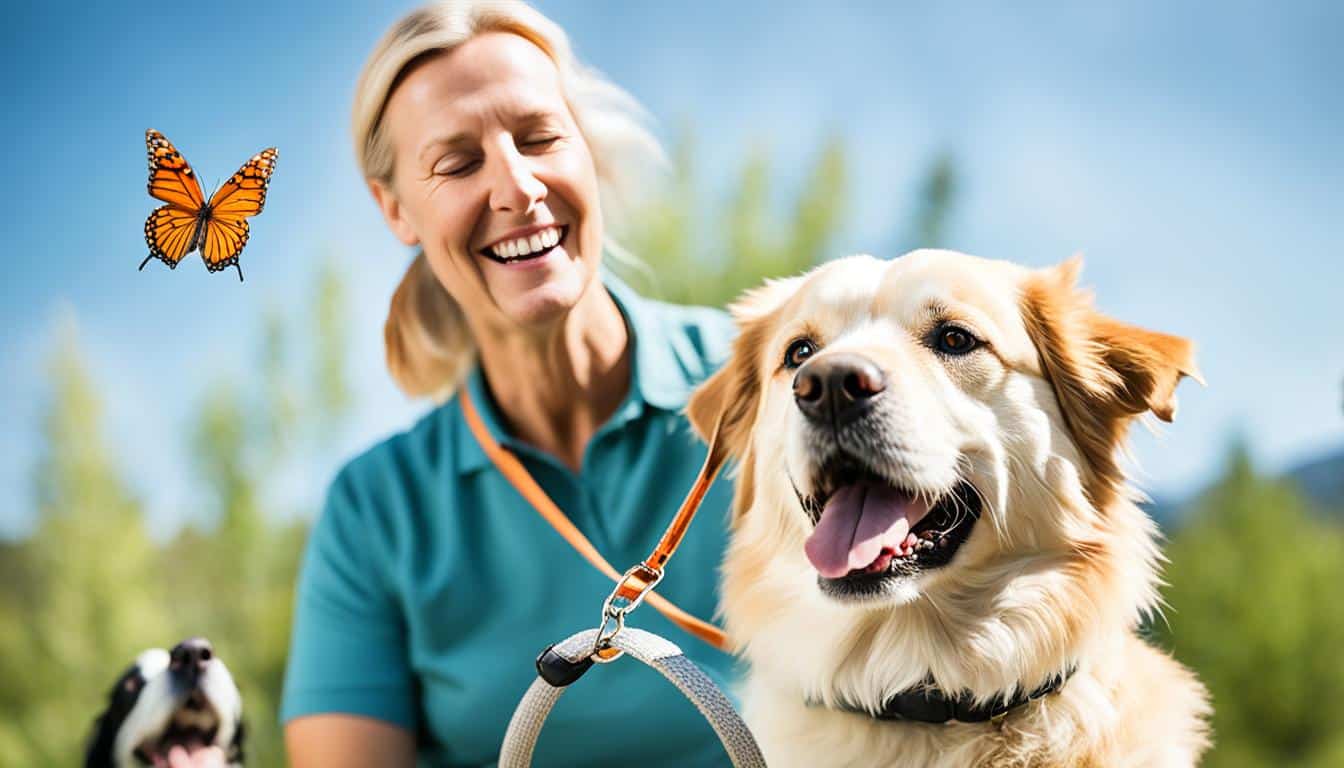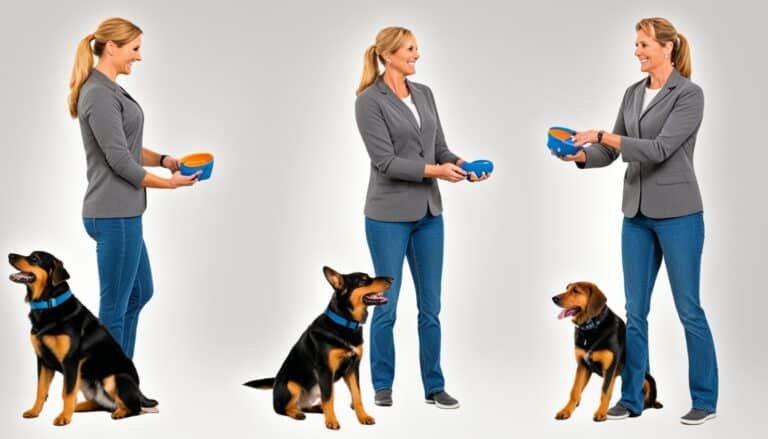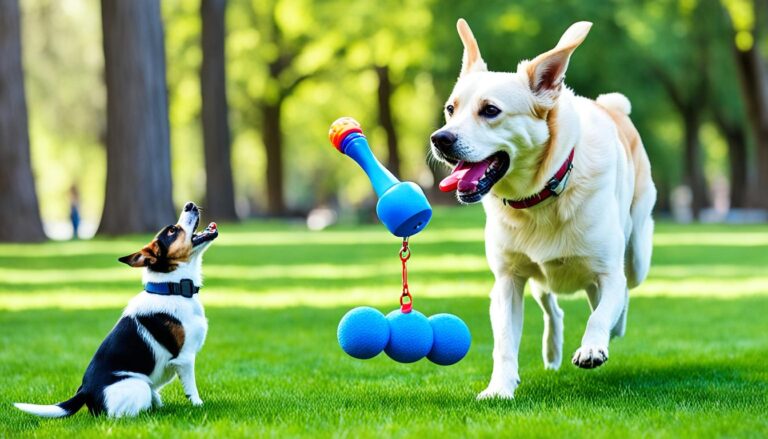How to Train a Dog Not to Run Away
Have you ever experienced the heart-stopping moment when your beloved furry friend darts away, leaving you frantically calling their name? It can be a terrifying experience, filled with worry and fear. You may start to wonder if there is a way to prevent your dog from escaping and ensure their safety.
Meet Sarah, a devoted dog owner who faced this very challenge with her mischievous pup, Rocky. As a young and energetic Labrador Retriever, Rocky had a strong desire to explore the world beyond his home. Whenever he found an opportunity, he would sprint off, leaving Sarah chasing after him in a panic.
Sarah knew that it was crucial to train Rocky not to run away, as the risk of him getting lost or injured was too great. She researched extensively and discovered effective techniques to keep her furry friend by her side. With dedication and patience, Sarah implemented these training strategies, and soon enough, she saw progress.
By consistently reinforcing recall training and providing positive reinforcement, Sarah taught Rocky that staying by her side was both rewarding and safe. She created a strong bond built on trust and instilled in him the importance of listening to her commands. Slowly but surely, Rocky began to understand that running off was not desirable, and Sarah felt a sense of relief knowing that her four-legged companion was learning to stay put.
In this article, we will delve into the essential steps and techniques Sarah used to train Rocky not to run away. From the basics of recall training to understanding why dogs run away, we will provide you with the knowledge and tools to prevent your dog from escaping. With our guidance, you can ensure your dog’s safety and enjoy a worry-free bond with your furry friend.
How to Teach Recall Training
When it comes to training your dog, recall training is essential for preventing them from running off. By teaching your dog to come when called, you can ensure their safety and maintain control in various situations. Here are some training tips to help you successfully teach recall.
- Start early: Begin recall training as soon as you bring your puppy home. Starting early allows you to establish good habits right from the beginning.
- Use positive reinforcement: Use a delicious treat to entice your dog’s attention. While backing up a few steps, call their name in an enthusiastic tone. When they come to you, reward them with the treat and praise. This positive reinforcement will motivate your dog to associate coming to you with something enjoyable.
- Practice daily: Consistency is key when training recall. Make it a daily game and practice in an environment with minimal distractions, such as your backyard or living room. Gradually progress to more distracting locations as your dog becomes more reliable.
- Keep it positive and rewarding: Always reward your puppy for coming to you, no matter what. Avoid scolding or punishing them, as this can create negative associations and deter them from coming when called.
By consistently practicing recall training and using positive reinforcement, your dog will learn to come back to you when called. Remember, each dog learns at their own pace, so be patient and celebrate every small victory along the way!
Understanding Why Dogs Run Away
Dogs run away for various reasons, and as a responsible owner, it’s important to understand their motivations. Contrary to popular belief, dogs don’t run away to spite their owners. They make choices based on what they perceive as more rewarding. To prevent your dog from escaping, you need to address these underlying motivations and create an environment that discourages running away.
One reason why dogs may run away is the allure of the outside world. Distracting environments with intriguing smells and exciting things to explore can be irresistible to dogs. This can make running off seem more enticing than staying by your side.
Another factor that can influence your dog’s behavior is their past experiences. If coming to you has been followed by negative consequences, such as scolding or being taken home immediately, your dog may become less motivated to come to you. It’s essential to always be positive and rewarding when your dog comes to you, even if you’re frustrated. This helps create a positive association and encourages them to choose you over running away.
Creating a Positive Association
To compete with the world around your dog and prevent them from running away, you need to make yourself appealing. Here are some ways to create a positive association with coming to you:
- Use positive reinforcement: Reward your dog with treats, praise, and affection when they come to you. This reinforces the behavior and makes it more likely that they will choose to stay close.
- Training and socialization: Consistently train and socialize your dog to reinforce their obedience and responsiveness to commands. This helps build a stronger bond between you and your dog, making them more inclined to stay with you.
- Engage in fun activities: Spend quality time with your dog engaging in activities they enjoy. This strengthens your bond and increases their desire to stay by your side.
Remember, preventing your dog from running away is an ongoing process that requires consistency and patience. By understanding their motivations and creating a positive association, you can build a strong partnership with your furry friend and keep them safe and close to you.

Training Techniques for Teaching Dogs Not to Run Off
Consistency and positive reinforcement are essential when it comes to training dogs not to run off. By implementing the right techniques, you can keep your furry friend from escaping and ensure their safety. Here are some effective methods to prevent your dog from running away:
- Teach basic obedience cues: Start by teaching your dog basic commands like stay, sit, and heel. These cues establish obedience and control, making it easier to manage your dog’s behavior and prevent them from wandering off.
- Prioritize recall training: Recall training is crucial to ensure that your dog comes back to you when called. Practice calling your dog’s name and rewarding them with treats and praise when they respond. Gradually increase the distance and distractions to reinforce their recall abilities.
- Provide positive reinforcement: When your dog listens to your commands and stays by your side, reward them with plenty of praise, treats, and affection. This positive reinforcement strengthens their desire to please you and reinforces the behavior of staying close.
- Stay patient and consistent: Training your dog not to run off requires patience and consistency. Set aside regular training sessions and stick to them. Repeat the training exercises daily, gradually reinforcing the desired behaviors. Remember, consistency is key to forming new habits.
- Show the reward of staying close: By reducing the number of options available to your dog and showing them the rewards of staying by your side, you can make staying close more appealing than running off. Continually reinforce the positive experience of being near you, and your dog will be less likely to venture away.
Training a dog not to run off takes time and effort, but it’s worth it for the safety and well-being of your furry companion. Consistently apply these techniques, and you’ll establish a strong bond and trust with your dog, ensuring they stay close to you at all times.

Ensuring Safety and Preventing Escapes
To stop your dog from running away and ensure their safety, it is crucial to take preventative measures. One effective way is to use a collar or harness along with a leash to keep your dog under control. When it’s time to let them off-leash, make sure you do so only in safe and enclosed areas like a dog park or a securely fenced backyard.
Prioritize recall training before giving your dog off-leash privileges. By diligently working on recall training, you can instill a reliable response when you call your dog back to you. This will help you regain control and prevent them from running away in unfamiliar or potentially dangerous situations.
If you find that your dog consistently escapes from your yard, consider increasing the height of your fence to at least 6 feet. Dogs can be motivated to run off if they have experienced the excitement of the outside world, so it’s important to create a secure environment that discourages escape.
Always prioritize the safety and security of your dog and others. By investing time and effort into training your dog not to run away, you can enjoy peace of mind, a stronger bond with your furry friend, and most importantly, keep them safe and protected.






